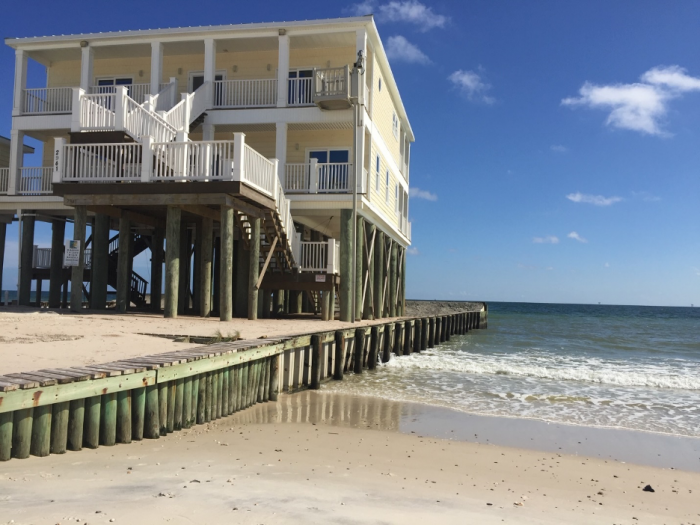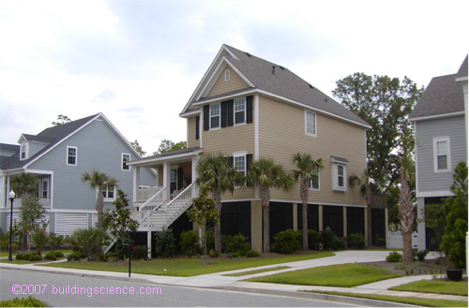Reconstruction of Basic Infrastructure and Buildings
Tsunamis and storm surges are tremendously destructive to the built environment of coastal communities, and the aftermath is overwhelming as houses and businesses are wrecked and infrastructure is crippled. Restoring basic infrastructure is the first line of business after the water recedes. This includes restoring water, sewerage, roads, electricity, and telecommunications. The funds come from a combination of local government funds, utility company coffers, and state and national government aid. Local government funds rely on property and business tax receipts, but if much of the tax base has been destroyed in the disaster, then sufficient local funds for rebuilding infrastructure cannot be sustained. Consequently, in most cases, funds for the reconstruction of water, sewer, and roads must come from state and national government aid.
The task of rebuilding homes and businesses – all the buildings damaged by the event also must be funded and typically, building reconstruction is funded with a combination of insurance payouts, government aid, and other funds from private and non-profit sources. For private homeowners, this is a very stressful and often expensive process and can take a great deal of time, during which your family may need to be living elsewhere. As we have noted in Module 11, it is a process that proves much easier for people with strong economical means and can be very hard for people who have few resources.
Ideally, rebuilding should not be done in a business-as-usual way, using the same locations and with construction techniques led to damage in the initial disaster. However, meeting higher standards and building in a different, safer location can be expensive. Following a hurricane disaster in the United States, insurance payouts and government aid are contingent on rebuilding houses with hurricane-resistant designs to reduce future hurricane risk. This can include elevating the house to a new level required for insurance coverage and using materials and methods that make the building more resistant to hurricane damage.
After Hurricanes Katrina and Rita in Louisiana in 2005 many homeowners were unable to rebuild to the new standards and had to move to different communities further inland. Communities such as Cameron, Louisiana, which was devastated by Hurricane Laura in 2020 had only 400 residents at the time. The census data show that Cameron’s population diminished by 79% between the years 2000 and 2010 during which it was impacted by Hurricanes Rita and Ike. Another phenomenon is the change in demographics in certain communities over time after multiple storms impact them. For example, Grand Isle, Louisiana, Dauphin Island, Alabama, and other barrier island and beach communities which were home to modest fishing camps and year-round housing prior to the multiple storm events that have occurred over the past few decades, now boast many more very large, expensive structures belonging to wealthy business-people or corporations. They are now often rented for short-term vacations. This trend has changed who can enjoy coastal areas.
The photo below shows a typical elevated, storm surge-resistant house in Charleston, South Carolina. The first floor of the house is designed not for living, but instead for parking, storage, and building access. Special construction designs, like elevated slab and elevated crawlspaces, and use of non-water-sensitive materials, are also important. Eventually, all buildings in storm surge-prone locations of the United States will be replaced by similar surge-resistant designs.


